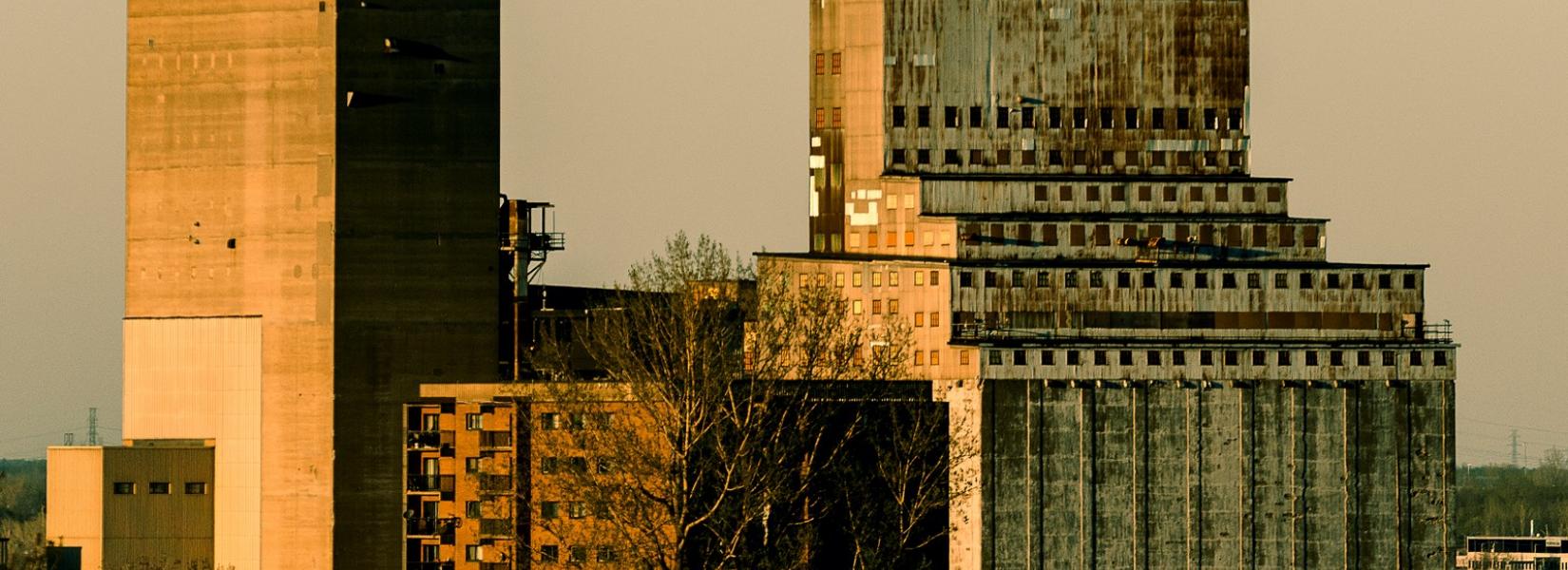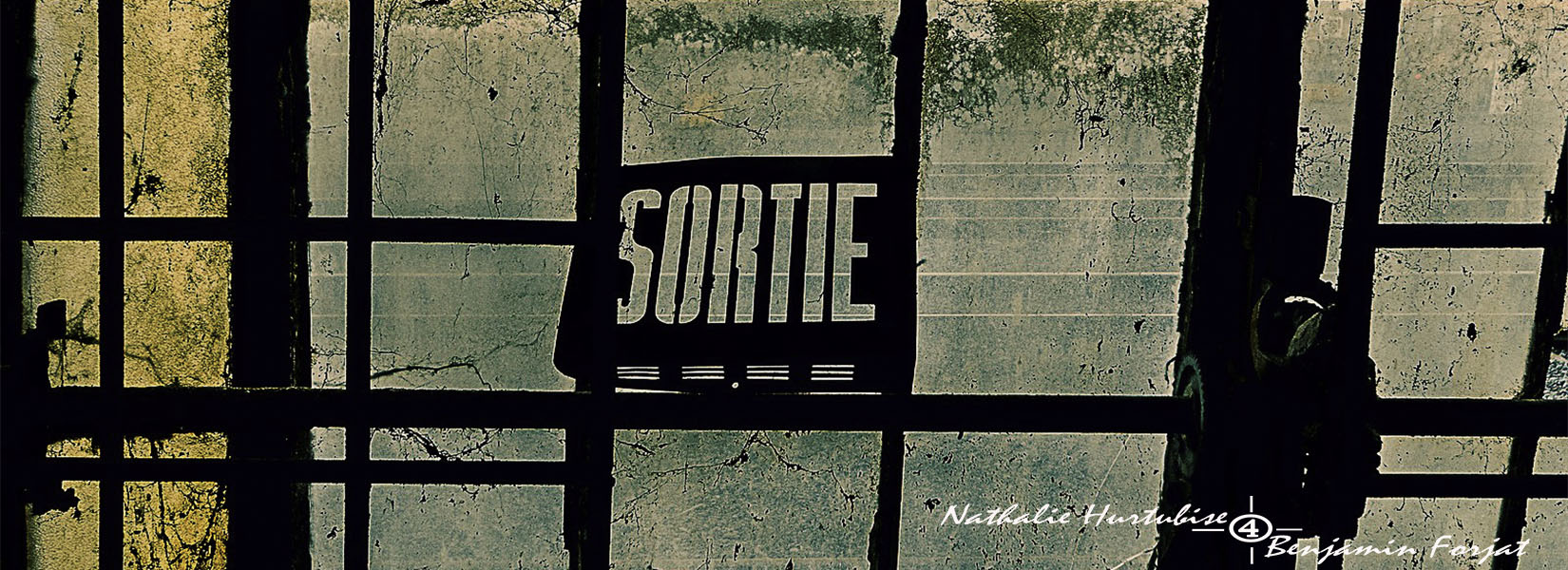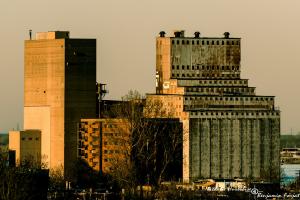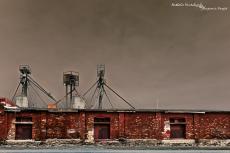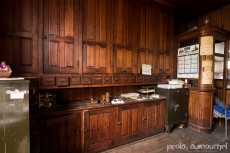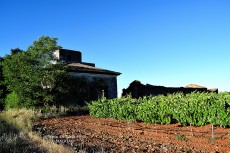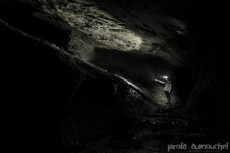Hochelaga-Maisonneuve has been deeply marked by the train, in its development. Even today, it is surrounded by three tracks : the Canadian Pacific to the west, the now abandoned Canadian National to the east and the one of the port of Montreal to...
The former grain silo number 3
The abandoned Miron silo
Located in the Hochelaga-Maisonneuve neighborhood, the silo # 3 was built in 1923. The architect was John S. Metcalfe who were responsible for the construction of most silos in the Port of Montreal (1, 2, 3, 5). It is thanks to its innovations that the Port of Montreal was the largest grain port in North America in 1914.
As I wrote, it was built in 1923 by Canadian Vickers at the east of the others silos. By this choice, the Port of Montreal wanted to avoid traffic congestion around the other silos already built. With annexes built in 1928, it was more than 150 000 metric tons of grain that could be stored into the complex of four sets of silos.
With the rationalization of the port of Montreal in 1978, the silo number 3 ceased its grain shipments by vessel and will specialize in trucks loading to serve the domestic market. Nine years later, it will cease all its operations.
From 1987 to 1993, the structure was used successively by Miron companies, Lake Ontario Cement and Ciment Québec, for the handling, processing and storage of cement powder.
Today, several portions of this huge complex have been demolished, and a new warehouse was built on the site of the former Miron lift. The site is abandoned, although its owner is still the Port of Montreal. The photos were taken in 2013.
In 2014, the grain elevator number 3 is back to life. It is modernized at the cost of $ 22 million and will be used by the company CanEst Transit. See article in the e-magazine Logbook, published by the Port of Montreal at :
Related content
This is the story of the saw manufacturing industry where methods have not changed for decades. The result is this building that has certainly been enlarged over the years, but the interior has retained its old-fashioned charm. You should know...
Located a few kilometers from the municipality of Calzadilla de los Barros and its 850 inhabitants, the abandoned aerodrome dates from before the Spanish Civil War which took place from 1936 to 1939 with the victory of General Franco.
It...
Heavily damaged by the time, the old copper mine is closed for several years. While its lower floors are completely flooded with muddy and stagnant water, the ground floor was, meanwhile, weakened by a sedimentary rock ceiling that collapsed in...

